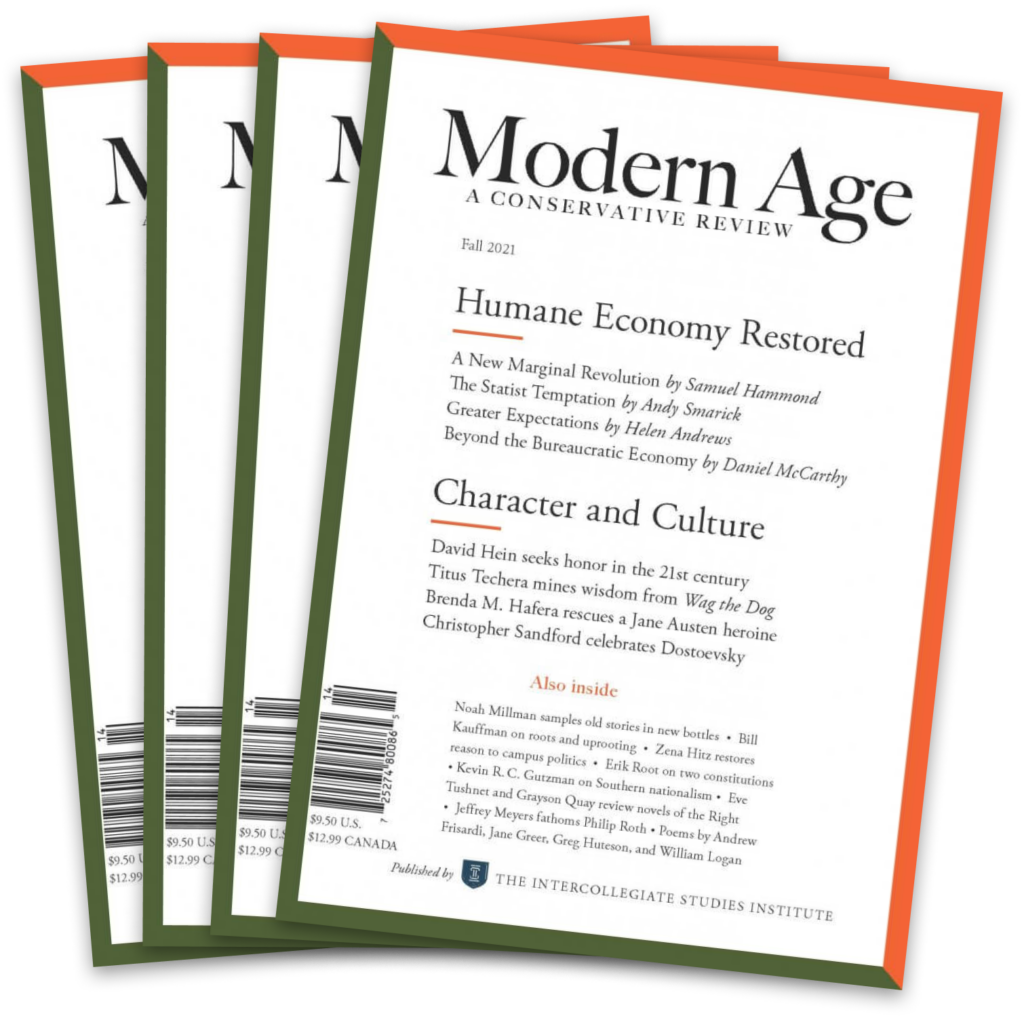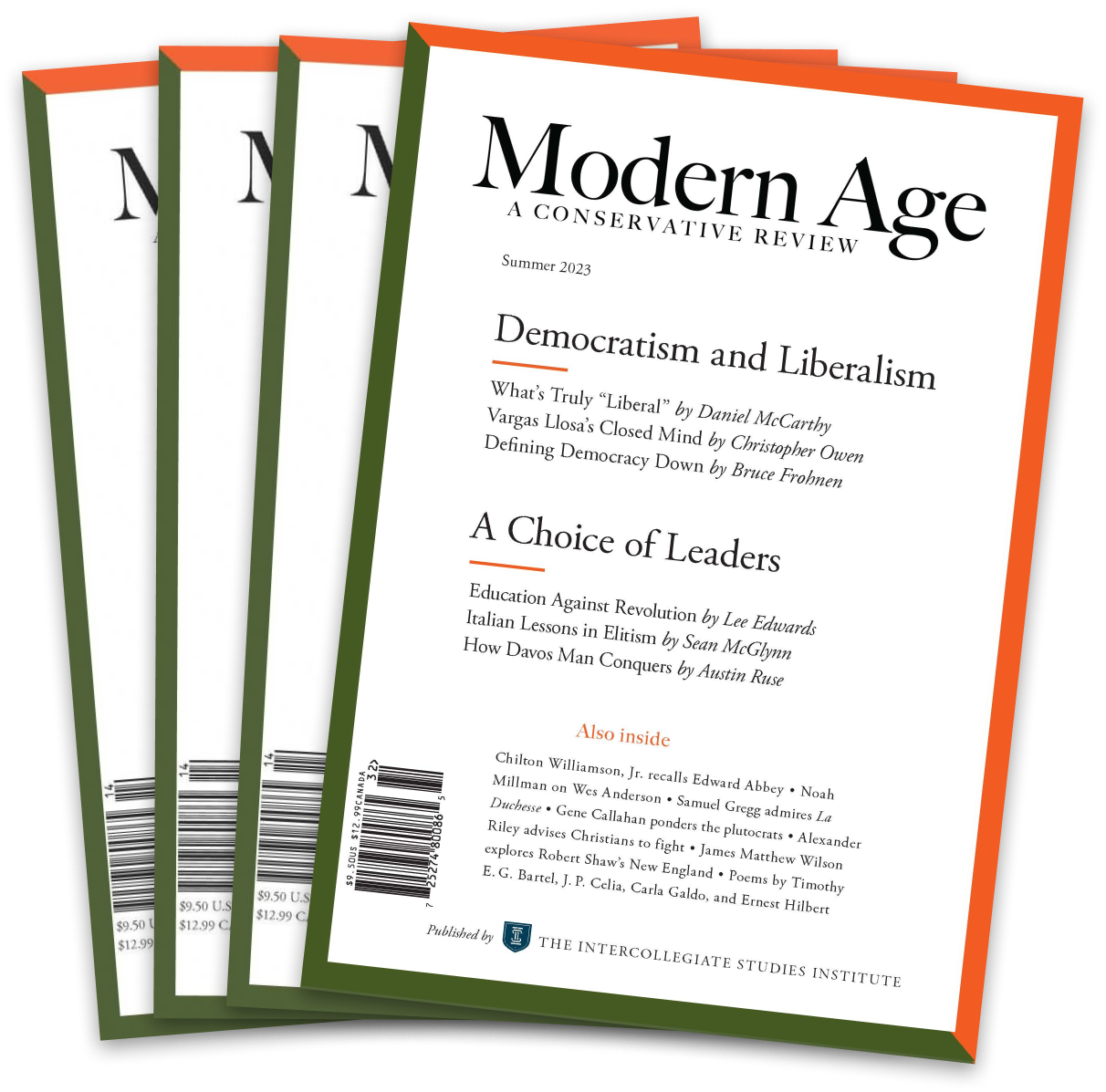The astonishing pace of President Donald J. Trump’s executive orders and policy initiatives over his first hundred days back in office recalls the even more astonishing election that returned him to power. His critics are quick to point to declining poll numbers to say the president’s second term is finished almost as soon as it has begun, yet time and again Trump has defied such confident predictions of his political demise before, and most impressively the last time he was put to the test at the ballot box. Trump’s historic comeback from his personal political Elba in 2021 to once again mounting the summit of power in 2025 is certainly the most impressive political restoration in American history—and arguably, mind-boggling as it is to consider, in the modern history of the world.
Are there indeed any political comebacks that rival that of Trump’s?
Before last November, I would have named Richard Nixon, who lost a close race in 1960 to John F. Kennedy in an allegedly “stolen” election, as the man who pulled off the greatest political comeback of my lifetime. (A minority of historians contend that ballot stuffing in Chicago gave Illinois to Kennedy, enough additional electoral votes to assure his victory.) Following that narrow presidential loss, Nixon ran for governor in California and suffered a devastating defeat, losing to Governor Pat Brown by a significant margin. The loss was especially humiliating because the former vice president—who had just served for eight years in national office—had been considered the front-runner throughout the campaign. Afterward Nixon hammered the final nail in his political coffin: blaming media bias, he sneered in a post-election press conference, “You won’t have Nixon to kick around anymore.”
Yet Nixon defied his own prediction, biding his time for six years before re-entering the political field with appeals to “law and order” and the “silent majority.” Channeling mass frustration with Democratic president Lyndon Johnson’s conduct of the Vietnam War and the social upheaval wrought by the counterculture, he gathered an electoral coalition through which he eked out a win against sitting vice president Hubert Humphrey, whom the Democrats had nominated to replace Johnson at the top of their ticket. Nixon went on to win a landslide second term in 1972, only to have his second term overshadowed by the Watergate scandal, leading to threats of impeachment—a fate he avoided by resigning in August 1974.
Before Nixon, the only comparably significant historic comeback was a nineteenth-century president whom most Americans probably know as no more than a name. Until Election Day 2024, the only man who had ever been elected to two non-consecutive terms as U.S. president was Grover Cleveland, who served as the twenty-second president (1885–1889) and the twenty-fourth (1893–1897). After losing his first reelection bid in 1888 to the Republican Benjamin Harrison, Cleveland mounted a successful comeback in 1892, vanquishing Harrison in a rematch.
Cleveland’s comeback owed mightily to his reputation for honesty and his commitment to political reform in a corrupt post–Civil War America. Like Nixon’s, however, Cleveland’s second term was clouded: the Panic of 1893—the worst economic crisis in the land before the Great Depression—was widely blamed on him and tarnished his image for competence, though he gained lasting respect from historians for his political integrity and personal decency.
No other presidents have made comebacks as remarkable as Nixon and Cleveland. Some historians might point to two presidents of the nineteenth and early twentieth century, Andrew Jackson and Theodore Roosevelt, as potential contenders. Jackson, who first lost the presidency to John Quincy Adams in 1824 despite winning the popular vote, successfully returned in 1828 to win a strong victory and serve two terms. His defeat and return in the early years of the Republic set a precedent for political resilience. And although it did not represent another successful bid for the presidency, Roosevelt’s attempted comeback in 1912 (after having served two terms already) was notable. His run on the Progressive (Bull Moose) Party ticket against his Republican predecessor, President William Howard Taft, split the GOP vote and handed victory to Democrat Woodrow Wilson. Roosevelt’s comeback campaign, unsuccessful though it was, redefined the limits of third-party influence in American politics.
Trump Trumps Them All
Impressive though they were, none of these comebacks represents a feat comparable to Trump’s.
When it comes to resilience, durability, and adaptability, Trump is in a category of his own. After losing the 2020 race to Joe Biden, he refused to back down and maintains to this day that the election was “stolen.” Despite two impeachments on his record—the second occasioned by the purported “insurrection” on January 6, 2021 by hundreds of his devotees—Trump nonetheless fought off all challengers for the Republican Party nomination last year as he consolidated his hold on the party thanks to his substantial base of rank-and-file supporters. Through vicissitudes that would have sunk the chances of any other political actor, he maintained and even tightened his grip on the party.
The magnitude of the opposition he confronted makes Trump’s comeback unparalleled. No other presidential candidate (or former president) ever faced anything like the combination of legal and lethal challenges Trump survived—the assassination attempts and court cases. Consider: At least two assassination attempts, one of which would have surely killed him if he had not (miraculously?) turned his head as the bullet whizzed by, grazing his ear. As the presidential campaign was already in full swing in 2024, he was convicted last May in a Manhattan court on 34 felony counts relating to hush-money payments to adult film star Stormy Daniels. He faced an additional 40 counts or more in the Florida Mar-a-Lago classified documents case, and the Georgia election interference case added thirteen counts. Altogether he faced at least 94 criminal counts, with some observers saying it was closer to 116.
Beyond America?
Indeed, one must look outside America’s context to find comebacks that compare with Trump’s—and even these fall short. For example, Winston Churchill made not just one but two remarkable political returns. The first is viewed justly as one of the most remarkable in modern history. Having lost office and his standing with the Conservative Party after World War I, and having endured ridicule and ostracism for his allegedly bellicose warnings about Nazi Germany throughout the 1930s, Churchill suddenly rose to the consensus choice for prime minister in 1940, as Neville Chamberlain’s appeasement policy was discredited and Hitler’s invasion of Poland precipitated World War II. And then, mirabile dictu, a second comeback. Churchill served as Britain’s prime minister during the war (1940–1945) yet was unexpectedly defeated in the 1945 general election after Nazi Germany’s downfall, largely due to the British public’s desire for domestic reform. Churchill remained a central political figure, however, and he returned to the premiership in 1951, serving until 1955.
During his six-year hiatus from power, Churchill—like Trump—continued to play a significant role in British politics. In fact, Churchill still occupied his seat in the House of Commons, using his political experience and rhetorical skill to maintain influence. His reputation and ability to inspire loyalty in the Conservative Party enabled him to return to power, though his final term was anticlimactic, focusing on managing decolonization of Asia and Africa and presiding over Britain’s decline on the world stage and its sidekick role in the Cold War as America’s junior partner.
Like Trump (and Cleveland), Churchill won non-consecutive stints in power. Yet Churchill’s comeback in 1951, like his loss in 1945, had as much to do with his party as with Churchill himself. The British parliamentary system differs fundamentally from the U.S. presidential system: Churchill’s return did not involve direct election by the public; rather, he led the Conservative Party to victory in parliament and was reappointed prime minister. In contrast, Nixon, Cleveland, and Trump had to win direct support from American voters in national elections to secure the presidency. Furthermore, Churchill’s Conservative Party remained largely unified during 1945–51, favoring his return as the “heroic wartime leader” who was now a respected elder statesman. In contrast, both the Nixon and Trump comeback attempts witnessed deep factional feuds within their parties, reflecting the more complex and volatile dynamics of the American political system.
These differences also figure in any comparison between Trump and the two most notable comebacks by nineteenth-century British leaders: William Gladstone and Benjamin Disraeli. To be sure, their resurgences also exhibited rare levels of resilience, durability, and adaptability to ideological shifts. Gladstone’s career is distinguished by his extraordinary endurance as Liberal Party leader and his equally exceptional longevity as a statesman. He served as prime minister four separate times (1868–1874, 1880–1885, February–July 1886, and 1892–1894), regaining political strength after each term, sometimes following years out of power. After losing his first premiership in 1874, he was expected to retire, yet he returned in 1880 with renewed vigor. Disraeli also made remarkable political comebacks, serving twice as prime minister, a feat especially impressive considering the challenges he faced as a Jew. Like Gladstone and Churchill, his longevity and durability (including as opposition leader in the Conservative Party) were exceptional.
Here again, however, as in Churchill’s case, Gladstone’s and Disraeli’s fortunes were linked to their parties’. The Liberal Party’s embrace of progressive reforms facilitated Gladstone’s success, while the Conservative Party’s focus on an “imperial Britain” in the Victorian era assisted Disraeli as party head. I would rank Churchill’s biggest comeback, to head the government in 1940, as greater than any of the earlier pair’s feats, for it came when the stakes could not have been higher, in the context of existential crisis for Britain and the entire Western world. While Gladstone and Disraeli’s comebacks were influential and significant within British politics, Churchill’s transcended British history.
Beyond Politics?
Only one leader in modern European history achieved a comeback that overshadows Churchill’s, though comparison is difficult because the circumstances were so utterly different. Napoleon’s comeback—his return from exile in 1815 to lead France again during the famed “Hundred Days”—is doubtless the most dramatic in history. Because it is a military rather than political comeback, any comparison of Napoleon with Trump and Churchill proves difficult. Nonetheless, Trump, in his very different context, faced opposition of near-Napoleonic dimensions. After Napoleon escaped from Elba, where he had been exiled after his defeat in the original Napoleonic Wars, he mobilized a substantial force and took power in Paris within weeks, demonstrating both his personal charisma and the loyalty he commanded. Then he confronted all the major European powers united against him. Dubbed the Seventh Coalition, Napoleon’s adversaries included Britain, Prussia, Austria, and Russia. Whereas Trump managed to overcome his opposition and triumph in 2024, Napoleon’s Hundred Days ended in a rout at Waterloo—though of course Trump’s successful comeback was in the political domain rather than a military one.
It is testimony to the historic character of Trump’s achievement that one must reach for analogues such as Napoleon—or for comparisons from the Middle Ages or the ancient world, such as Charlemagne (748–814 A.D.) and Cyrus the Great (600–530 B.C.). Charlemagne overcame fierce family struggles and personal rivalries to attain and maintain control of the Frankish kingdom and proceeded thereafter to unify much of Western Europe and establish a forty-six year reign as king of the Franks. Facing hardships comparable to Napoleon’s, Cyrus came back from a fall from power and subsequent exile to lead a revolt against the Medes, eventually founding the Persian Empire.
Our own country remains polarized politically: “The Disunited States of America.” Yet as we hurtle toward our nation’s 250th birthday in July 2026, Donald Trump’s victory in last year’s election represents indisputably the greatest comeback in American political history, and arguably one comparable in scale to the storied comebacks of emperors and kings of ages past.














